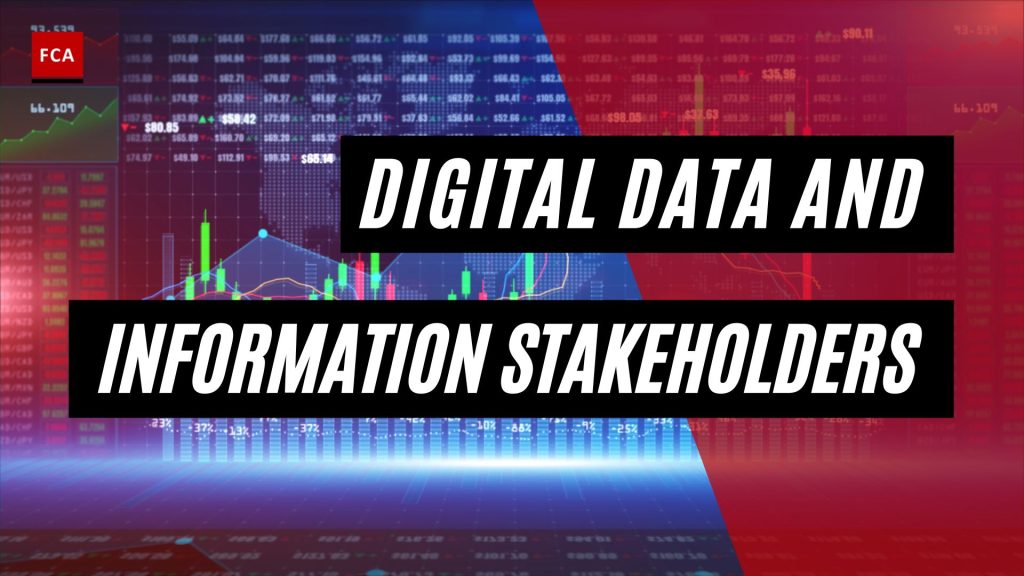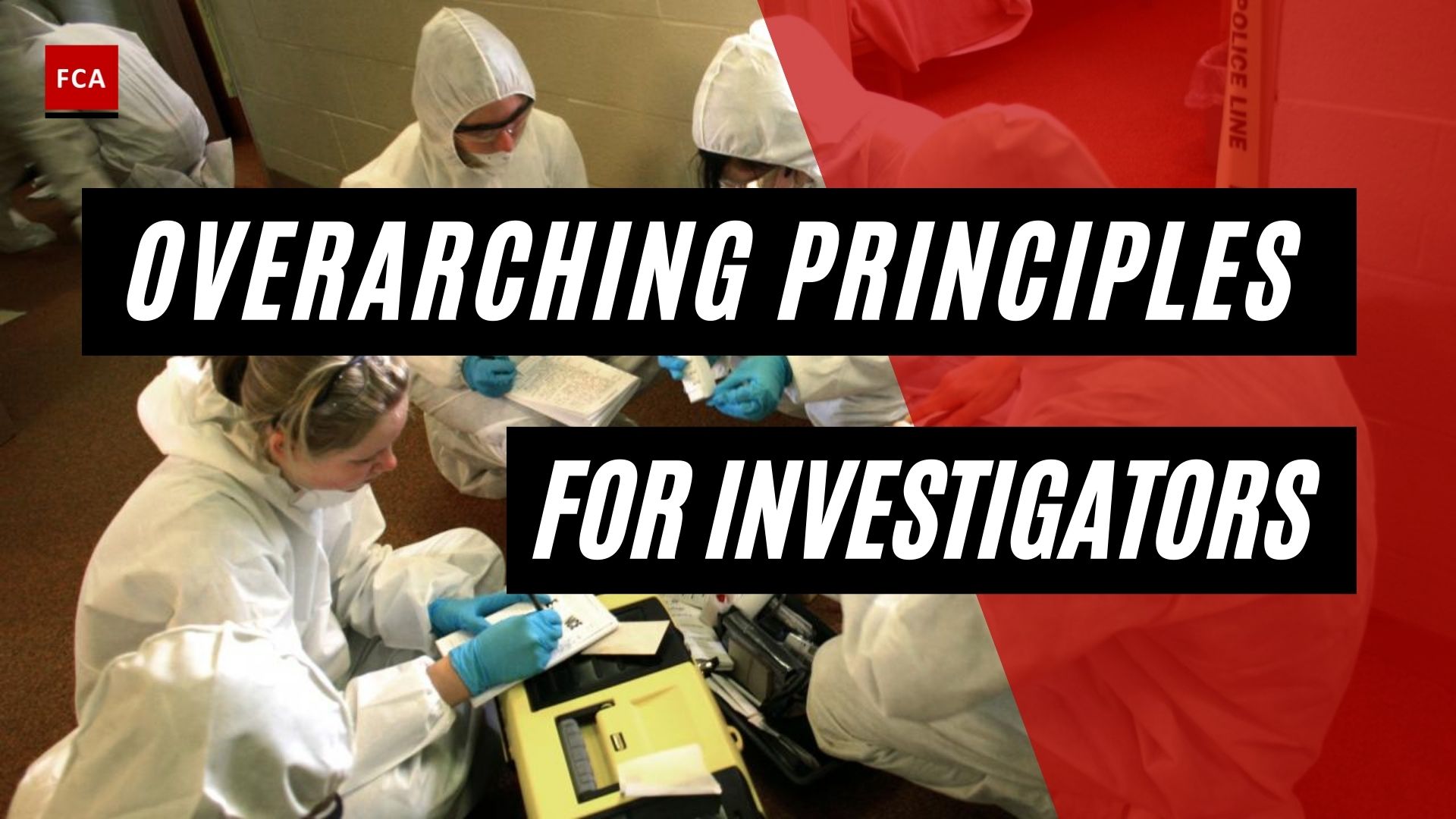Digital data and information stakeholders refer to individuals or groups that have an interest in or are affected by the collection, management, processing, sharing, or use of digital data and information. Various stakeholders may use data and information stored digitally within and outside the organization. Data or information access need to be protected, and only authorized individuals or organizations should have access to digital data or information.
Digital customer information, or digitally obtained customer information, is used by institutions or organizations for various purposes. For example, “customer identification information” is used to identify and verify the customer before opening their account, or the customers’ information may be used by the organization for direct marketing purposes, and so on. Customer information may also be used by the sales and marketing team for the segment analysis and study of customers’ buying behavior in a particular region or segment.

Digital Data and Information Stakeholders
Similarly, the company’s digital data like the previous financial transactions record, corporate strategy, financial projections, data about the market research, information on a new product to be launched, etc., may be used by different stakeholders, such as the finance team, for financial modeling or cashflow management purposes.
Further, the company’s regulator may ask for digital data or digital information. For example, in the case of financial institutions, the regulatory authorities may require financial institutions to share different information stored digitally about the number of accounts opened digitally during the period, with detail of the politically exposed persons or PEPs accounts opened digitally.
Regulatory authorities also require the organizations’ financial statements to be shared with them. In some specialized institutions, like banks, the regulator requires banks to share the information of those customers who are found suspicious.
Risks affect the business activities, operations, and financial reporting process. Organizations need to identify and assess the risks of material misstatement in the financial statements to understand the financial reporting risks that may affect the organization’s overall objective. Regulatory authorities also issue different information in the form of laws and regulations, which organizations must comply with.

Organizations must also open customers’ accounts in some meaningful manner, or organizations need to respond appropriately to fraud risks or suspected frauds that are identified during the examination of the financial system and reporting process. This is necessary because artificially inflated financial results do not mean that organizational objectives are achieved, and shareholders’ wealth is maximized. These activities must be controlled according to some defined information or guidelines.
For example, the central bank may issue new regulations for the customers’ digital onboarding process, or a new regulation may be issued to prevent digital or cybercrimes, such as digital fraud. These laws and regulations become information for the financial institutions, which is used to develop the internal controls and processes to comply with those laws ad regulations and prevent digital financial crimes and incidents.
Final Thoughts
Digital data and information stakeholders refer to individuals or groups who have a vested interest in the creation, use, storage, management, and protection of digital data and information. Overall, the digital data and information ecosystem involves a complex network of stakeholders, each with their own interests, needs, and responsibilities. Effective management and protection of digital data and information require collaboration and coordination among all these stakeholders.









